Texas isn’t the only state with weird liquor laws. All over the country, “blue laws,” originally intended to keep Christian citizens on the straight and narrow, are still on the books. Did we forget one? Tell us about your state or town’s laws in the comments below.
To read about the law in Texas that allows officers to arrest people for public intoxication inside bars, click here.

Alabama
No beer bottles bigger than 16 ounces. Wine labels may not be “immodest or sensuous”—one with a naked, bike-riding nymph is banned.
Source: Cycles Gladiator

Alaska
No alcohol sales between 5 a.m. and 8 a.m.
Photo by Flickr user Steffe (Creative Commons)
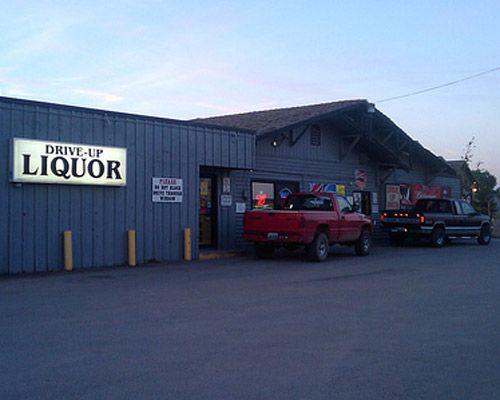

Colorado
Illegal to ride a horse under the influence.
Photo by Picasa user David
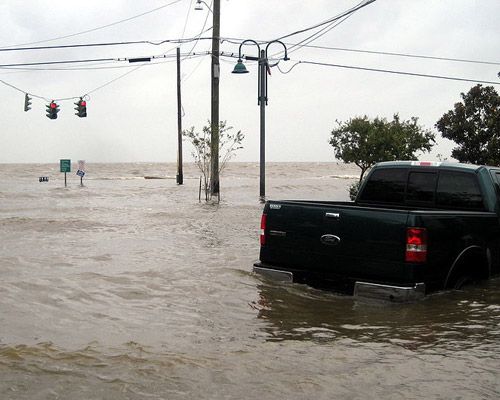
Florida
Boozing may be prohibited during hurricanes.
Photo: Wikimedia Commons
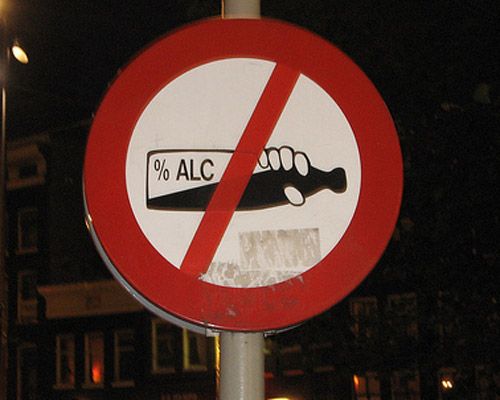
Georgia
Public drunkenness is illegal, but drinking in public is fine.
Photo by Flickr user koffiemetkoek (Creative Commons)
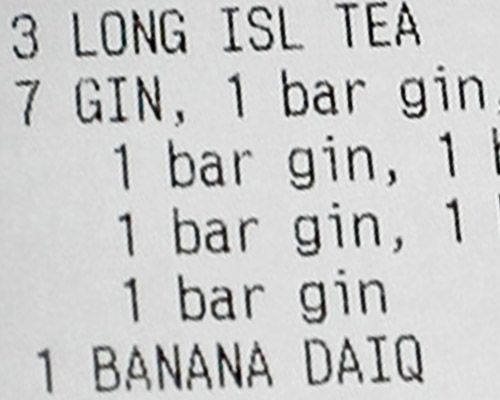


New Hampshire
State-run liquor stores conveniently located at highway rest stops.
Photo by Flickr user Fiasco NY (Creative Commons)

Oklahoma
Stores must sell alcoholic drinks at room temperature.
Photo by Flickr user Tambako the Jaguar (Creative Commons)

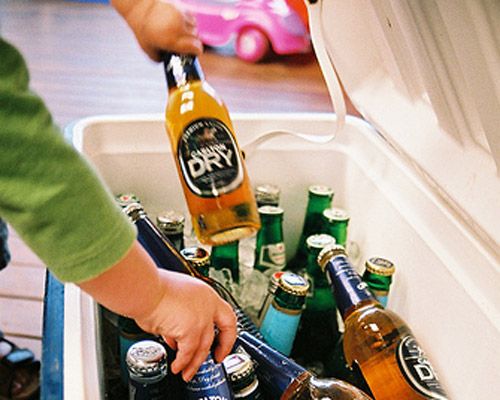
Texas
Anyone under 21 can drink if they’re with their parents—or spouse.
Photo by Flickr user cytoon (Creative Commons)















